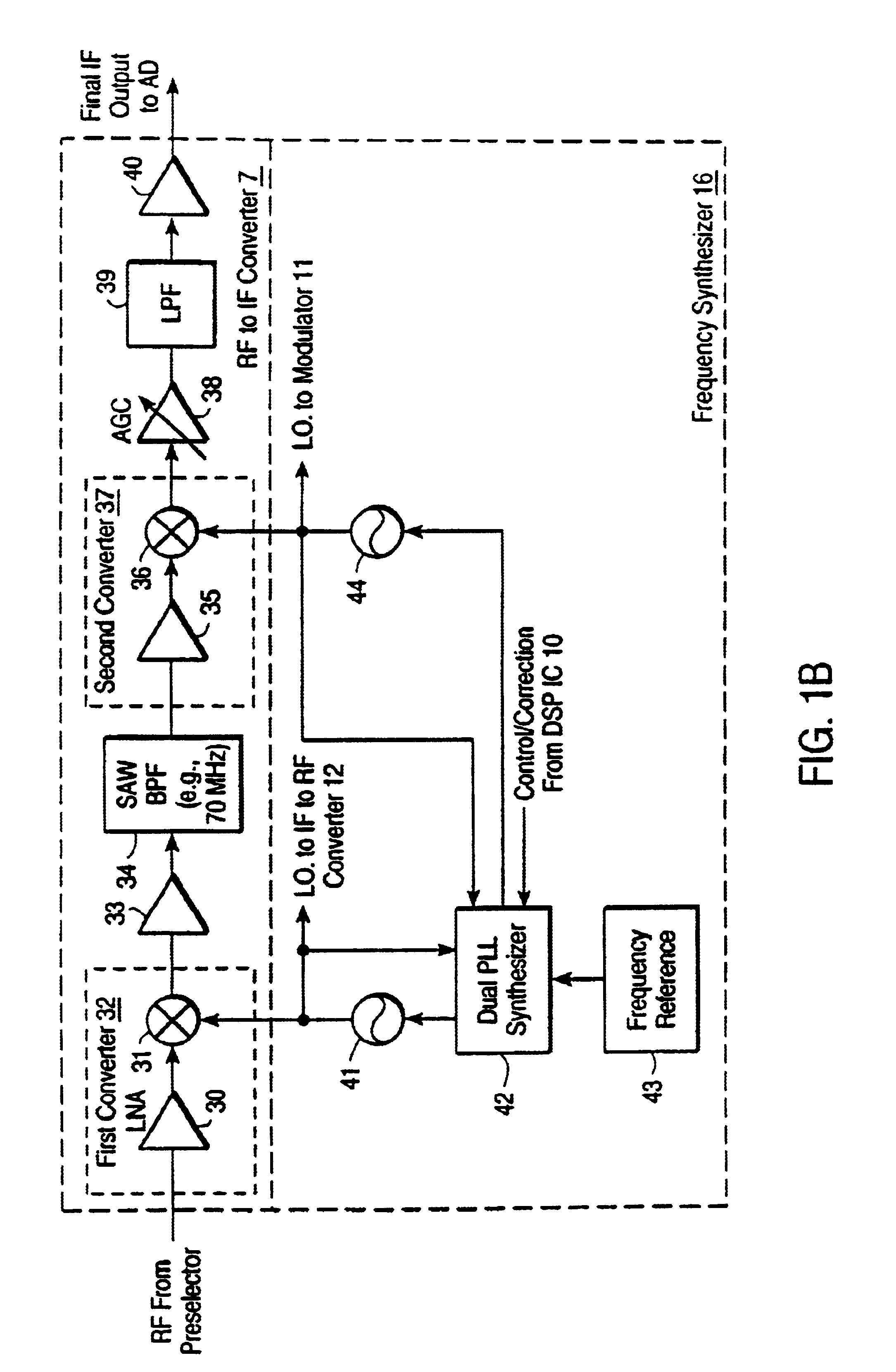Method and apparatus for determining time in a satellite positioning system
a satellite positioning system and time-determining technology, applied in the field of satellite positioning systems, can solve the problems of difficulty in determining the system time by reading the navigation message of one or more satellites, and affecting the accuracy of the sps receiver
- Summary
- Abstract
- Description
- Claims
- Application Information
AI Technical Summary
Benefits of technology
Problems solved by technology
Method used
Image
Examples
Embodiment Construction
Various methods and apparatuses for measuring time related to satellite data messages for use with satellite positioning systems are described below. Some of the discussion of the invention focuses upon the United States Global Positioning Satellite (GPS) system. However, it should be evident that these methods are equally applicable to similar satellite positioning systems, such as the Russian Glonass system. Moreover, it will be appreciated that the teachings of the present invention are equally applicable to positioning systems which utilize pseudolites or a combination of satellites and pseudolites. Moreover, the various architectures for basestations and mobile SPS receivers are provided for illustrative purposes rather than to be construed as limitations of the present invention.
Overview of one Embodiment: Utilizing Satellite Velocity for Time Determination
FIG. 2 is a flow diagram illustrating a method for utilizing relative satellite velocity for time determination in a satel...
PUM
 Login to View More
Login to View More Abstract
Description
Claims
Application Information
 Login to View More
Login to View More - R&D
- Intellectual Property
- Life Sciences
- Materials
- Tech Scout
- Unparalleled Data Quality
- Higher Quality Content
- 60% Fewer Hallucinations
Browse by: Latest US Patents, China's latest patents, Technical Efficacy Thesaurus, Application Domain, Technology Topic, Popular Technical Reports.
© 2025 PatSnap. All rights reserved.Legal|Privacy policy|Modern Slavery Act Transparency Statement|Sitemap|About US| Contact US: help@patsnap.com



